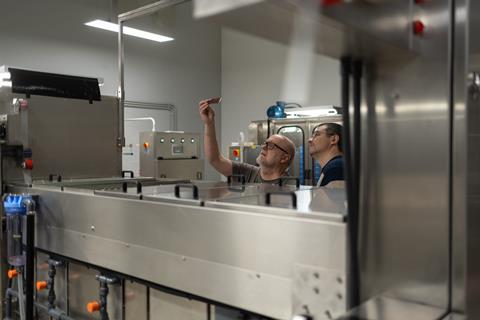
When Venice Film Festival audiences settle in this year for screenings of Competition titles Orphan, directed by László Nemes and Ildikó Enyedi’s Silent Friend, they will be watching features shot using film.
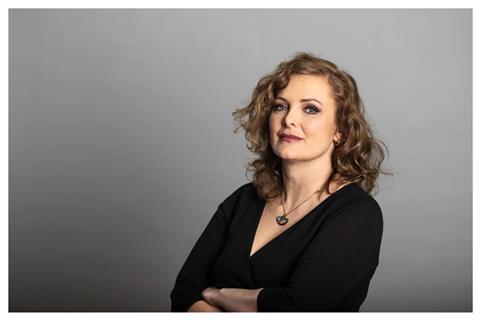
Both titles used analogue film stock, developing out of the NFI Filmlab in Budapest in Hungary, one of the few laboratories in the world that offers traditional film processing, efilm cutting and positive printing services.
With 60 years experience, the Filmlab is a division of the National Film Institute Hungary and is the most complete and most experienced film laboratory in central Europe, providing international filmmakers with analogue post-production services to realise the look and feel of their projects.
NFI Filmlab head Viktoria Sovak says filmmakers, of both studio and indie films such as The Brutalist, are continuing to shoot on 16 mm, 35mm and 65 mm film. In fact, analogue filmmaking is experiencing a renaissance. To help sustain this the facility is committed to keeping analogue alive and is training a rising generation of craftspeople.
“The challenge is, first of all, that analogue machines are becoming obsolete and it’s more and more difficult to repair them,” says Sovak. “We are also conscious the new machines won’t do the job alone. We also have to perpetuate the knowledge.”
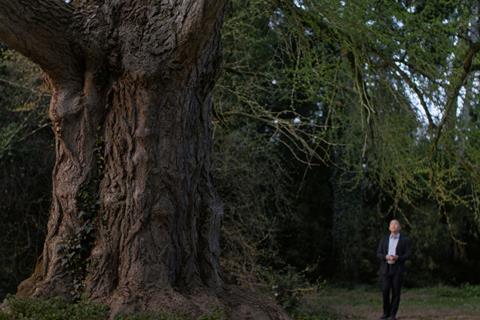
For Silent Friend, NFI Filmlab experts developed around 20,000 meters of 35 mm and 8,500 meters of 16 mm colour camera negative using NFI Filmlab’s processing machines.
The facility is also a digital powerhouse, offering both analogue and digital post-production in all its forms, film to digital print transfers, VFX, colour grading, digital restoration; optical sound recording and printing and wetgate scanning.
The facility scanned the developed material for Silent Friend and produced more than 1,500 minutes of high-resolution digital footage for the title’s post-production work.
For Orphan, NFI Filmlab’s work included 35 mm colour negative processing, scanning, digital colour grading, analogue image and sound recording, and the creation of 35 mm colour prints from digital intermediate negative using the facility’s bleach bypass technique.
The process ensured a return to the silver screen, metaphorically and physically.
“While the shades in black-and-white films are formed by developed silver particles, in the case of colour films, the exposed silver halide is developed, and the oxidised developer forms dyes, after which the silver is normally removed during processing,” Sovak explains.
“During the bleach bypass process, color saturation decreases, resulting in a distinctive look. The colors become less saturated, the contrasts are higher, with loss of shadow details and blown-out whites and highlights, also, dark tones will record as black.
“The film’s technical uniqueness lies in the fact both the camera negatives and positive copies were developed using bleach bypass,” Sovak continues. “That’s how we could achieve an even sharper, outstanding quality image.”
The colour grading process began during principal photography with the creation of the dailies. “It was crucial to be in daily contact with [the film’s] cinematographer Matyas Erdely,” says NFI FilmLab senior colourist Laszlo Kovacs. “Before producing the dailies, I sent Matyas several stills from every scene. He would respond to these, and I would adjust the grading as needed.
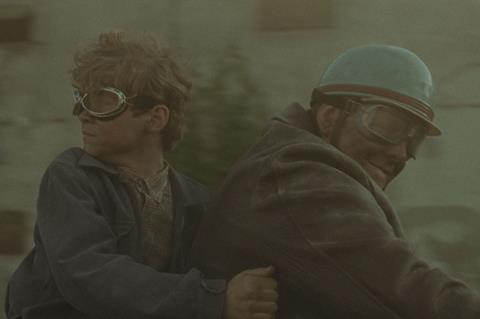
“In the post-production phase we spent over 140 hours on colour grading to achieve the look audiences will see in cinemas,” he reveals. ‘The digital internegative is made from the digital grade using arrilaser image recording process. The print is finally copied from that digital internegative.”
Hungary’s co-production power
The dynamic outfit also offers a full range of digital film post-production services, working as a service provider on international co-productions in this capacity.
Orphan is a Hungary-UK-Germany- France production while Silent Friend is a German- Hungary- France collaboration. Orphan was filmed mostly at locations in Budapest, as well as at NFI Studio’s backlot, the newly constructed outdoor set built as part of the recent monumental expansion of the 31-hectare facility.
Further Hungarian co-productions benefiting from NFI grants and services include the 10-part historical drama Rise Of The Raven, a Hungary-Austria-Germany collaboration, set to make its North American premiere at the Toronto International Film Festival (TIFF), while Canada-Hungary drama Sophy Romvary’s Blue Heron is the recent winner of the first feature award at Locarno.
Now in production are Anita Doron’s animation Fairyheart, a Canada-Germany-Hungary co-production, Viktor Oszkár Nagy’s Hungary-France-Belgium-Spain spy comedy Espionage For Beginners, and Darko Lungulov’s drama 1970, a Serbia-Hungary- Croatia- Luxembourg collaboration.
Also on the NFI roster are Yassine Marco Marroccu’s Scirocco, an Hungary-Morocco project; Tomas Weinreb and Petr Kazda’s Czechia- Slovakia- Hungary- Latvia film The Forest, and Rafael Kapelinski’s Budapest Diaries, a Poland-Hungary co-production.
NFI co-production grants have also been granted to Ivan Ostrochovsky’s Slovakia- Czechia- Hungary drama The Spring, Evzenie Brabcova’s Backwoods, a Serbia-Hungary-Croatia- Luxembourg production, and Lili Horvat’s My Notes On Mars, which is being made as an Hungary-US-Austria-France-Bosnia collaboration.
Meanwhile local director Benedik Fliegauf is preparing to shoot the bio-horror Bonefever as a Hungary-Slovakia- Germany film later this year.
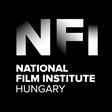

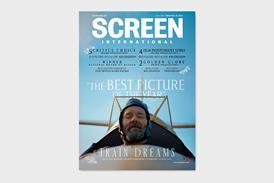











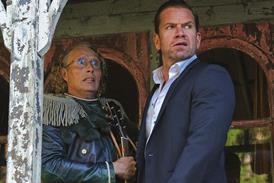

![[Clockwise from top left]: Paul Thomas Anderson, Chloe Zhao, Ryan Coogler, Park Chan-wook](https://d1nslcd7m2225b.cloudfront.net/Pictures/274x183/9/0/0/1467900_writerdirectors_192733.jpg)
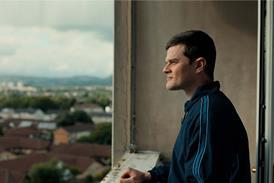












No comments yet